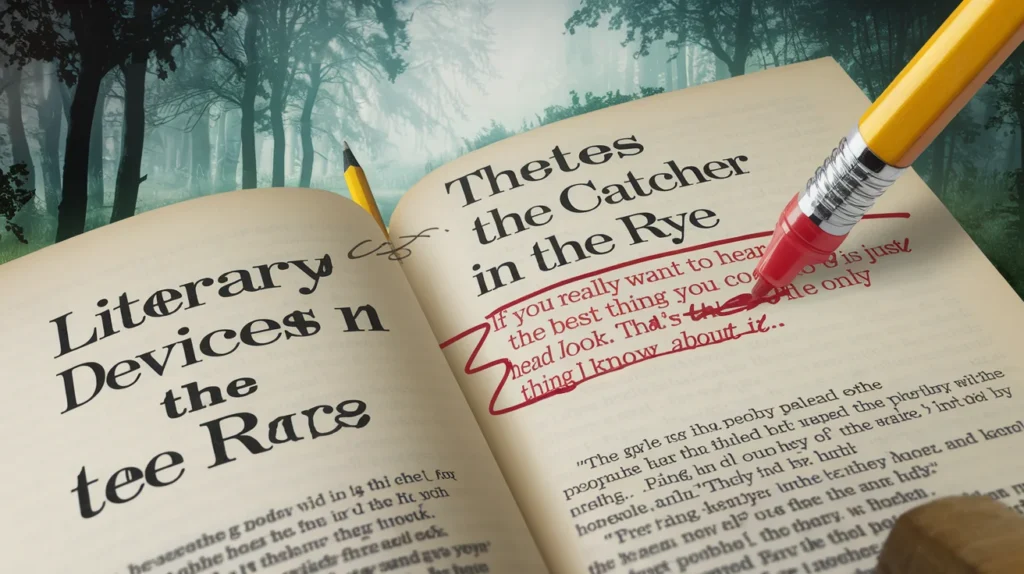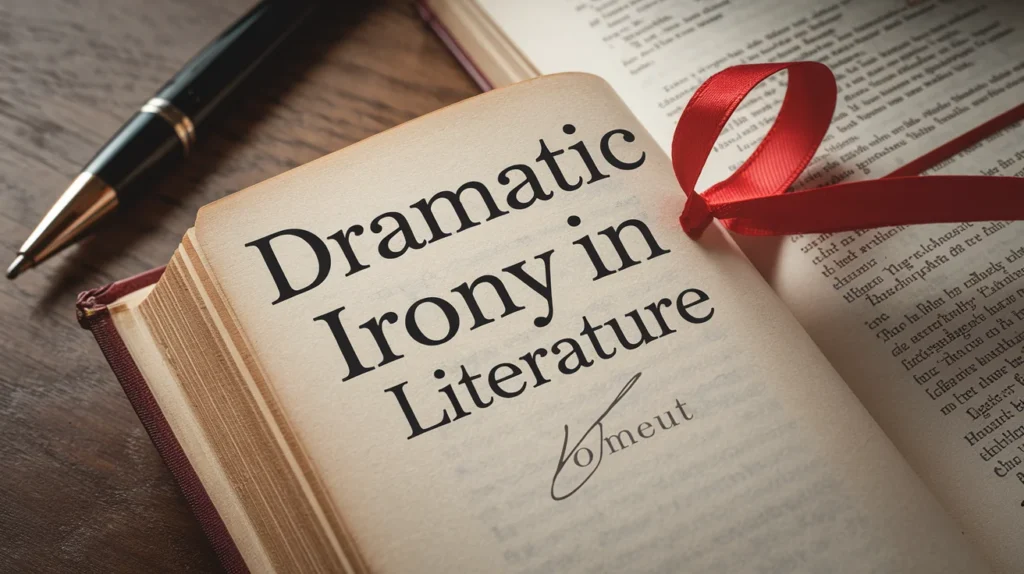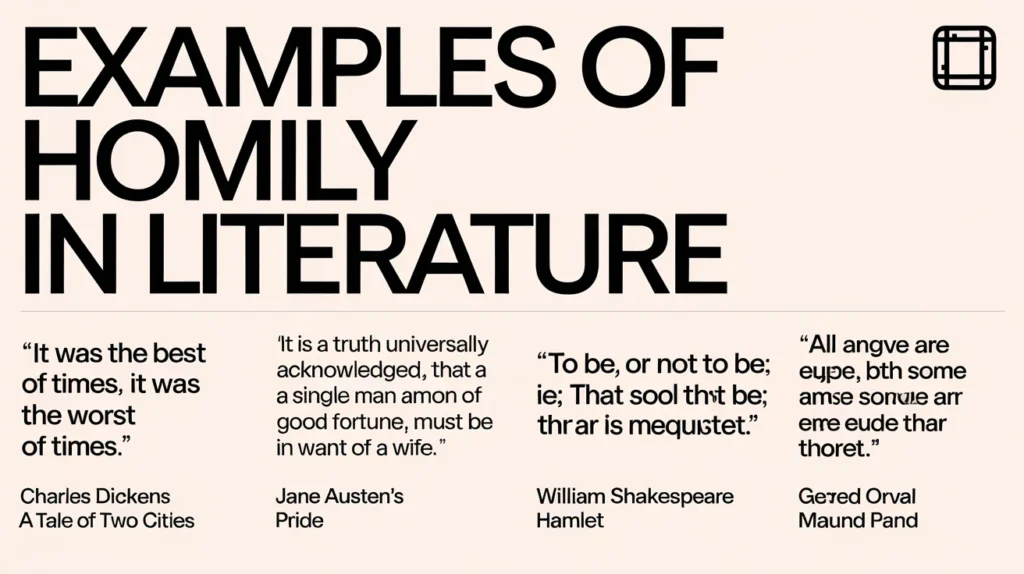The Catcher in the Rye by J.D. Salinger is more than just a novel—it’s a cultural phenomenon. Since its publication in 1951, it has captivated readers with its raw portrayal of adolescence, alienation, and the search for identity. But what makes this book so timeless? The answer lies in Salinger’s masterful use of literary devices. From symbolism to stream of consciousness, these techniques bring Holden Caulfield’s world to life and make the novel a cornerstone of American literature.
In this article, we’ll explore the literary devices in The Catcher in the Rye, breaking down how they contribute to the novel’s themes and emotional depth. Whether you’re a student, a literature enthusiast, or just curious about this classic, you’ll gain a deeper understanding of why this book continues to resonate with readers worldwide.
Introduction to The Catcher in the Rye
J.D. Salinger’s The Catcher in the Rye is often hailed as one of the greatest novels of the 20th century. It tells the story of Holden Caulfield, a disenchanted teenager navigating the complexities of life after being expelled from his prep school. The novel is set in the 1950s and follows Holden’s journey through New York City as he grapples with themes of innocence, identity, and alienation.
Despite its controversial reception—banned in some schools for its language and themes—the book has sold over 65 million copies worldwide. Its enduring appeal lies in its relatable protagonist and Salinger’s innovative use of literary techniques.
Summary of The Catcher in the Rye
Holden Caulfield is a 16-year-old boy who has just been expelled from Pencey Prep, his latest in a series of failed schools. The novel begins with Holden recounting his experiences from a mental institution, where he’s recovering from a breakdown.
Over the course of a few days, Holden wanders through New York City, avoiding his parents and reflecting on his life. He interacts with a variety of characters, from old friends to strangers, and grapples with his feelings of loneliness and disillusionment. Key events include:
- His visit to his former teacher, Mr. Spencer.
- A failed attempt to connect with Jane Gallagher, a childhood friend.
- A night at a hotel, where he encounters a prostitute and gets into a fight.
- A heartfelt reunion with his younger sister, Phoebe, who serves as a symbol of innocence.
The novel ends with Holden in a mental institution, hinting at his eventual recovery.
Major Characters in The Catcher in the Rye
Understanding the characters is crucial to analyzing the novel’s literary devices. Here’s a breakdown of the key figures:
| Character | Role in the Novel |
| Holden Caulfield | The protagonist and narrator, a troubled teenager searching for meaning and connection. |
| Phoebe Caulfield | Holden’s younger sister, representing innocence and hope. |
| Allie Caulfield | Holden’s deceased brother, whose memory haunts him. |
| Jane Gallagher | A childhood friend who symbolizes purity and lost connections. |
| Mr. Antolini | A former teacher who offers Holden guidance and wisdom. |
Writing Style of The Catcher in the Rye
Salinger’s writing style is one of the novel’s most distinctive features. Written in first-person narration, the story is told entirely from Holden’s perspective. This creates an intimate connection between the reader and the protagonist, allowing us to experience his thoughts and emotions firsthand.
The language is conversational and filled with teenage slang, making Holden’s voice authentic and relatable. Salinger also employs stream of consciousness, mimicking the way thoughts flow naturally. This technique gives the novel a raw, unfiltered quality that mirrors Holden’s mental state.
Literary Devices in The Catcher in the Rye
Symbolism
Symbolism is one of the most prominent literary devices in the novel. Salinger uses symbols to convey deeper meanings and themes.
- The “Catcher in the Rye”: Holden imagines himself as the protector of children, saving them from falling off a cliff into the corruption of adulthood. This metaphor reflects his desire to preserve innocence.
- The Red Hunting Hat: Holden’s hat symbolizes his uniqueness and his struggle with identity. He wears it when he feels vulnerable or out of place.
- The Museum of Natural History: This represents Holden’s longing for stability and permanence in a world he sees as constantly changing.
Farce
Farce is used to highlight the absurdity of certain situations. For example:
- Holden’s exaggerated attempts to appear older, such as ordering drinks at a bar.
- His awkward interactions with strangers, like the prostitute Sunny and her pimp, Maurice.
These moments of humor underscore the disconnect between Holden and the adult world.
Satire
Salinger uses satire to critique societal norms and institutions. Holden’s disdain for “phoniness” is a recurring theme, and he often mocks:
- The superficiality of prep schools like Pencey Prep.
- The hypocrisy of adults, including his former teacher Mr. Spencer.
Motif
Motifs are recurring elements that reinforce the novel’s themes. Key motifs include:
- Death: Allie’s death looms large in Holden’s mind, symbolizing his fear of loss and change.
- Loneliness: Holden’s constant search for connection highlights his isolation.
Simile
Salinger uses similes to make Holden’s emotions more vivid. For example:
- “I felt so lonesome, all of a sudden. I almost wished I was dead.”
- “I was shaking like a madman.”
These comparisons help readers empathize with Holden’s struggles.
Metaphor
Metaphors are used to convey complex ideas. For instance:
- Holden describes himself as a “catcher in the rye,” symbolizing his desire to protect innocence.
- He refers to adults as “phonies,” representing his disillusionment with society.
Rhetorical Questions
Holden frequently uses rhetorical questions to express his confusion and frustration. Examples include:
- “What the heck was I supposed to do?”
- “Why do people always ruin things?”
These questions engage the reader and reflect Holden’s inner turmoil.
Slang
Salinger’s use of 1950s teenage slang adds authenticity to Holden’s voice. Phrases like “crumby,” “phony,” and “goddam” make the narrative feel genuine and relatable.
Stream of Consciousness
This technique mimics the flow of thoughts, giving the novel a raw, unfiltered quality. For example:
- “I was wondering where the ducks went when the lagoon got all icy and frozen over.”
This reflects Holden’s preoccupation with change and uncertainty.
Conclusion
The Catcher in the Rye is a masterpiece of modern literature, and its enduring appeal lies in Salinger’s skillful use of literary devices. From symbolism to stream of consciousness, these techniques bring Holden Caulfield’s world to life and make the novel a timeless exploration of adolescence, identity, and alienation.
Whether you’re reading it for the first time or revisiting it, The Catcher in the Rye offers profound insights into the human experience. Its themes and literary devices continue to resonate, making it a must-read for anyone interested in literature.


